Time:2025-07-07
The Evolution of Curved Surface Lighting with Bendable RGB Neon Strips
In the dynamic landscape of modern lighting design, **bendable RGB neon light strips for curved surfaces** have emerged as a transformative solution, bridging the gap between artistic expression and technical precision. Unlike traditional rigid lighting systems, these strips leverage advanced materials and engineering to conform seamlessly to irregular shapes, from architectural curves to organic interior designs. By combining the vibrant color palette of RGB technology with unprecedented flexibility, they enable designers to create immersive visual experiences that were once confined to flat surfaces. This innovation is reshaping industries such as architecture, automotive design, and retail, where curved aesthetics and dynamic lighting are increasingly prioritized.
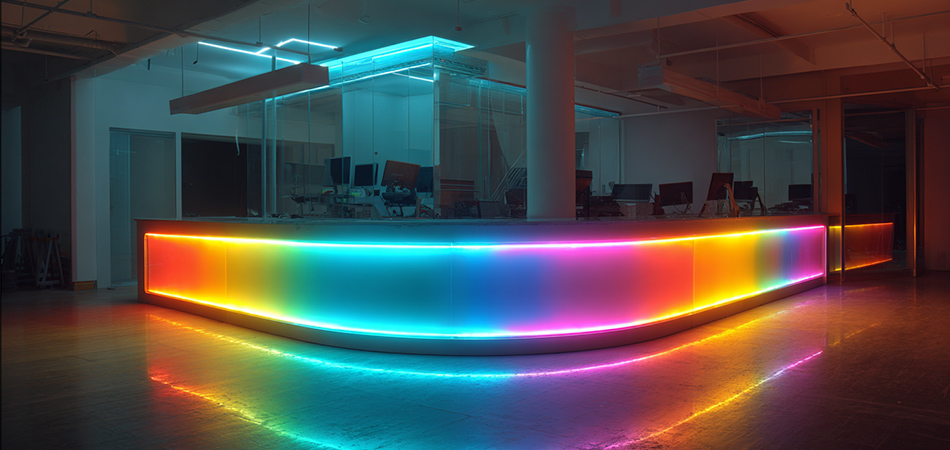
Technical Marvels: Materials and Construction
The core of these strips lies in their **flexible substrate materials**, such as silicone or thermoplastic elastomers (TPE), which allow for continuous bending without compromising electrical integrity. Unlike traditional neon tubes that rely on fragile glass structures, these strips integrate **LED diodes embedded in a flexible PCB matrix**, ensuring durability and resistance to thermal expansion. Key technical advancements include:
Multi-Axis Flexibility**: Strips can bend in multiple directions (e.g., concave, convex, helical) while maintaining consistent luminance, addressing the limitations of planar lighting systems.
IP-Rated Waterproofing**: Advanced encapsulation techniques protect against moisture and dust, making them suitable for outdoor installations or high-humidity environments like bathrooms or swimming pools.
Micro-LED Integration**: Miniaturized LED chips enable tighter bending radii without sacrificing brightness, ideal for intricate designs on small-scale curved surfaces.
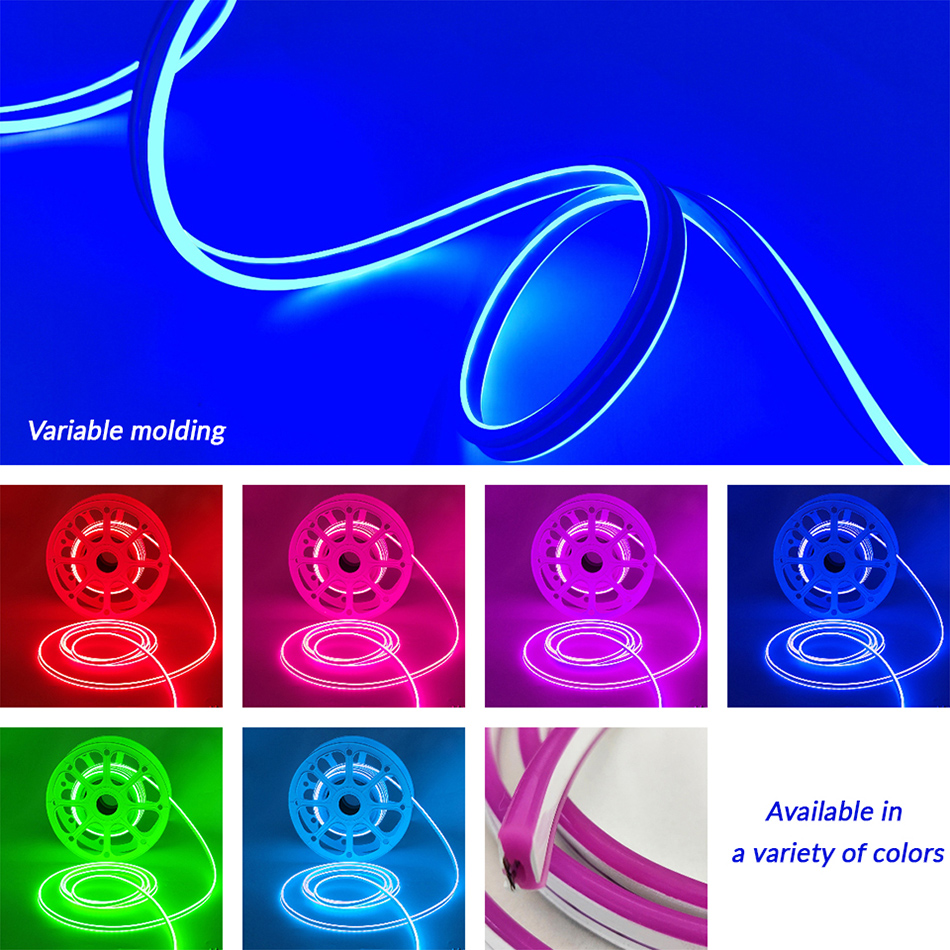
Design Possibilities: From Architectural Grandeur to Intimate Spaces
The adaptability of bendable RGB neon strips unlocks endless creative potential:
Architectural Sculptures**: In commercial spaces, these strips can outline curved facades, staircases, or atriums, blending light and structure into cohesive artworks. For instance, a hotel lobby might use undulating strips to mimic the flow of water, enhancing the ambiance.
Automotive Interiors**: Car manufacturers integrate strips into dashboard curves or seat contours, offering customizable lighting themes that sync with driving modes or music.
Retail Displays**: Retailers use them to highlight product curves in store windows or create dynamic backdrops that adapt to seasonal campaigns. A jewelry store, for example, might use warm amber hues to accentuate gemstones or cool blues for modern watches.
Residential Artistry**: Homeowners can adorn curved headboards, bookshelves, or even bathtubs with personalized lighting, transforming ordinary spaces into interactive installations.
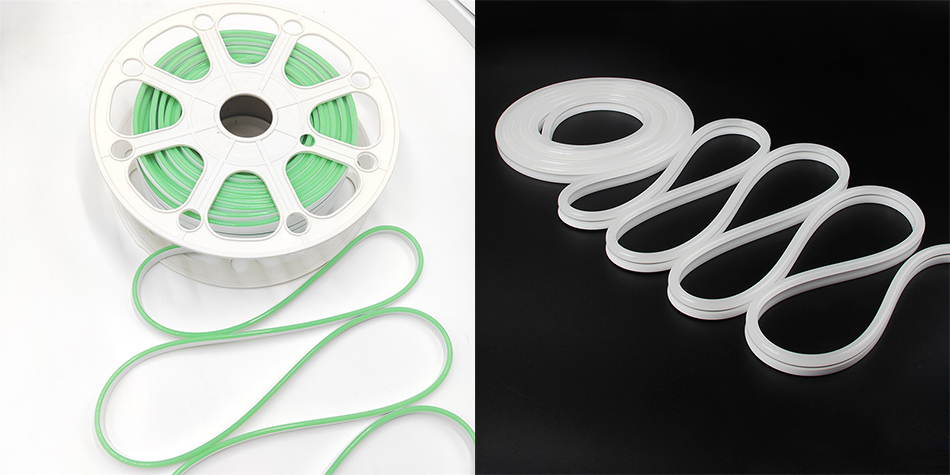
Industry Applications: Beyond Aesthetics to Functionality
The versatility of these strips extends across diverse sectors:
Hospitality and Entertainment**: Casinos and theaters use synchronized RGB effects on curved ceilings to create immersive gaming or cinematic experiences. Concert stages employ them on curved trusses to produce fluid, color-changing backdrops.
Healthcare Facilities**: In hospitals, strips installed along curved corridors provide gentle, non-glare lighting, improving wayfinding while reducing patient stress. Their antimicrobial coatings also meet hygiene standards.
Transportation**: Public transport systems use them on curved vehicle exteriors for branding and safety, such as outlining bus windows with directional arrows during emergencies.
Museums and Exhibits**: Curved display cases feature strips to illuminate artifacts dynamically, with color changes highlighting different historical periods or themes.
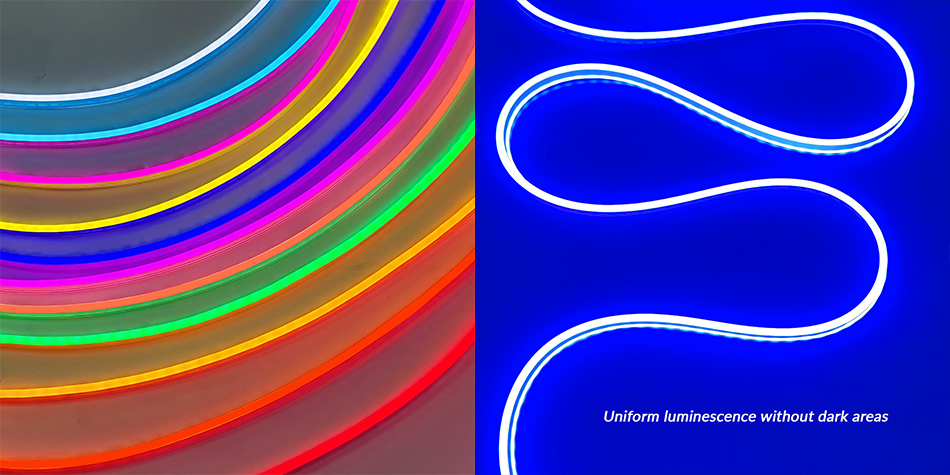
Installation and Maintenance: Efficiency Redefined
Installing bendable RGB neon strips is a streamlined process designed for precision and ease:
Adhesive Mounting**: Most strips come with 3M-grade adhesive backing, allowing quick application to cleaned surfaces. For heavy-duty use, mechanical clips or brackets secure them to curved metal or plastic substrates.
Modular Connectivity**: Plug-and-play connectors enable seamless integration of multiple strips, even around complex curves. Wireless controllers (e.g., Bluetooth, Wi-Fi) adjust color and effects in real time.
Low Maintenance**: With lifespans exceeding 50,000 hours, these strips require minimal upkeep. Faulty segments can be replaced individually without dismantling the entire system, reducing downtime.
Thermal Management**: Advanced heat-dissipating materials prevent overheating on tight curves, ensuring consistent performance in high-use environments.
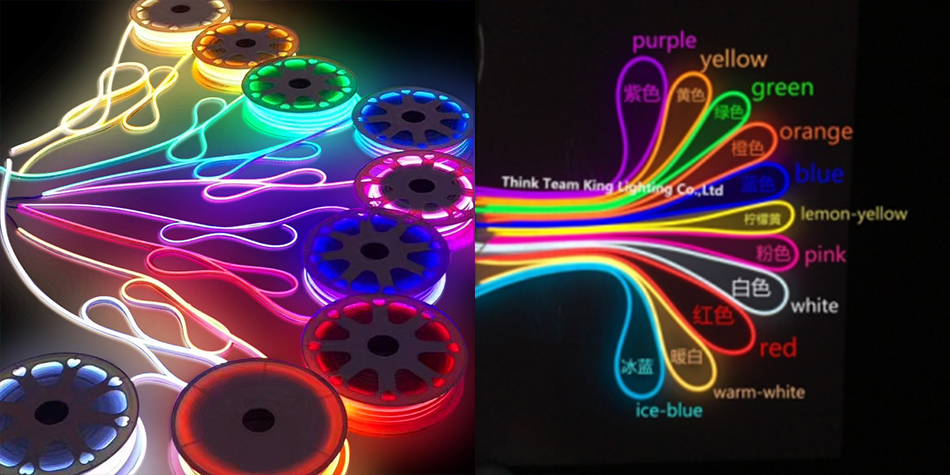
Economic and Environmental Advantages
Beyond their aesthetic appeal, bendable RGB neon strips offer tangible benefits:
nergy Efficiency**: LED technology consumes up to 80% less power than traditional neon, lowering operational costs for businesses with 24/7 lighting needs.
Sustainability**: Mercury-free construction and recyclable materials align with eco-conscious initiatives. Solar-powered variants further reduce carbon footprints for outdoor installations.
Cost Savings**: While initial investments may be higher, long-term savings from reduced energy and maintenance costs provide a strong ROI, particularly for large-scale projects.
Brand Enhancement**: Dynamic lighting on curved surfaces increases customer engagement and social media shares, translating into organic marketing value.
Innovations Shaping the Future
The field is propelled by cutting-edge advancements:
AI-Driven Lighting**: Machine learning algorithms analyze environmental data (e.g., foot traffic, ambient light) to auto-adjust strip colors and effects. A retail store, for example, might intensify colors during peak hours to attract attention.
AR Integration**: Strips embedded with AR markers unlock digital experiences when scanned, such as virtual product previews in store displays or historical context in museums.
Bio-Based Materials**: Experimental strips use plant-derived polymers for sheaths, enhancing biodegradability without compromising flexibility.
Self-Healing Technology**: Prototype strips with microcapsules containing conductive material automatically repair minor cuts or tears, extending lifespan and reliability.
Choosing the Right Provider: Key Considerations
Selecting a supplier requires evaluating technical expertise and alignment with project goals:
Material Certifications**: Ensure compliance with industry standards (e.g., UL, CE) for safety and durability, particularly for outdoor or high-moisture applications.
Design Support**: Top manufacturers offer 3D modeling and prototyping to visualize curved designs, ensuring accuracy before production.
Customization Flexibility**: Look for providers that offer custom color mixing, bending radii, and control system integration.
Sustainability Commitment**: Prioritize suppliers using recycled packaging and energy-efficient production processes, contributing to circular economy practices.
Bendable RGB neon light strips for curved surfaces represent a paradigm shift in lighting design, merging technical innovation with artistic vision. By enabling light to flow seamlessly over complex geometries, they empower architects, designers, and businesses to create spaces that captivate, engage, and inspire. As technology continues to advance—from AI-driven adaptability to sustainable materials—these strips will remain at the forefront of modern illumination, redefining how we interact with light and space.